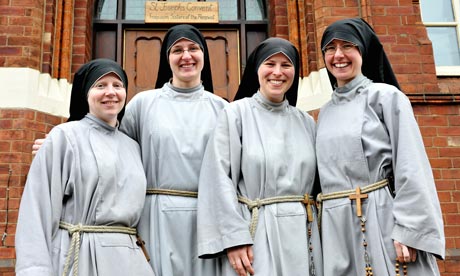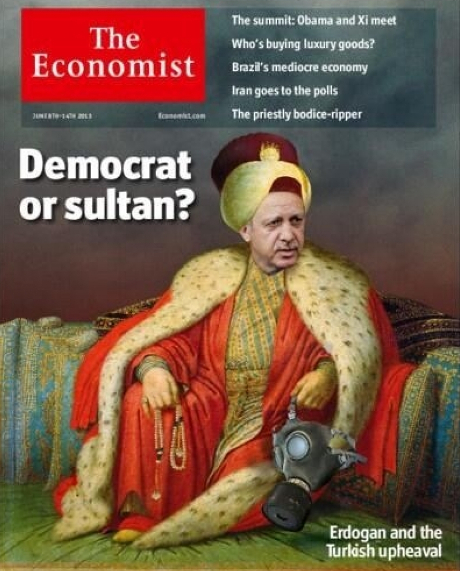It was a BBC Asian Network documentary by Catrin Nye – @CatrinNye and Athar Ahmad – @AtharAAhmad entitled: Caliphate? What an Islamic state means to British Muslims that sparked this blog post, A Contemporary Caliphate. Seven British Muslims of different sects debated on air whether a Caliphate is needed in the twenty-first century – also, it just so happens that I’m currently reading T. E. Lawrence’s “Seven Pillars of Wisdom.” BTW, I agreed with Mina Topia’s opinion!
You should be able to hear it here: Islamic State: Young British Muslims debate Caliphate
The Caliphate of the Turkish Ottoman Empire ended in 1922 with the last Sultan and Caliph, Mehmed VI, being exiled to Malta. And thus the Republic of Turkey was born! Mustafa Kemal Atatürk, the founding father of modern day Turkey, attempted to Europeanise Turkey! He: liberated Turkey after world war one. founded the Independent Republic replacing Sultans and Monarchy. secularized the overall state. created a modern bureaucracy. created a modern secular education system and abolished non-governmental educational institutions. introduced the Latin alphabet (from Arabic). created a base for modern industry. gave women the right to vote. banned the Fez and set up many governmental institutions. To say that he was totally-fucking-awesome is an understatement. I love Atatürk’s motto, “peace at home, peace in the world.” I am a Kemalist.
The Islamic State (IS), formerly known as: the Islamic State in Iraq and the Levant (ISIS), formerly known as: Abu Bakr al-Baghdadi’s homies, formerly known as: Abu Musab Al-Zarqawi’s Bitches, formerly known as: al-Qaeda in Iraq (AQI), are a terrorist group of barbaric murdering and raping bastards. They will fail in their quest to set-up a Caliphate because of: modern world thinking. religious differences within Islam. oil. And, national sovereignty – IS are living in an historically obsessed, idealistic dream world.

Muslim ladies in Whitechapel, East London – Via: Mehdi Hasan: We Mustn’t Allow Muslims in Public Life to be Silenced

Nuns from St Joseph’s Convent, Leeds. Photograph: Marcin Mazur CCN – Via: Young nuns go for life with the vow factor – The Guardian
If I was to walk down the high street of our small Berkshire village, here in the U.K., and bump into a Muslim woman wearing a hijab (a veil/headscarf that covers the head and chest), or a Catholic nun in traditional habit, I would smile and nod and think kindly of their religious commitment. However, should I be walking through the beautiful streets of Üsküdar (on the Anatolian side of the Bosporus and my wife’s home town in Istanbul, Turkey), where most woman are wearing at least a headscarf, I would be thinking, “these women are oppressed.” …Maybe I’m wrong to be thinking like that? But it seems like Atatürk’s vision of the future, a secular modern Turkey, is slipping, sliding back into the past?
I’m a Feminist – yeah, guys can be feminists too you know! In fact, I’d say all blokes should be feminists. A male feminist can be a lot like a reformed smoker – FERVENT (maybe that should be: religious – ha ha) ‘holier-than-thou,’ hypocritically virtuous! And then again, maybe sex gets in the way, or we realise that people are not equal in many ways and that it’s not just about gender! Maybe, actually, I’m a Humanist? Anyway, I believe that everyone should be treated equally. So what pisses me off is, when I see a woman who’s wrapped up like an Eskimo, walking behind her husband who’s dressed like a fucking gigolo – where’s the equality in that? – “It’s time to burn the headscarf” quoted from: Fashion, Politics and a Turkish Rebellion.

Turkey’s president Erdogan on top – Erdogan is the real New Sultan/Caliph – Via: It would be better for Turkey if the presidency remained mainly ceremonial – The Economist
It seems to me that the real Contemporary Caliphate is Recep Tayyip Erdogan’s vision of Turkey? And that the Muslim Brotherhood is the inspiration and driving force. However, the Muslim Brotherhood has been outlawed in Egypt – and that’s my point really, it’s that old Shia Vs. Sunni nut again!
I’m an Atheist. In what holy scripture, written by God, does it say that it’s okay to kill, especially children? Surely humanity itself is our leading source of morality; at what point in our world’s history has God ever intervened (to stop any slaughter)?
It’s time for peace in our time.

